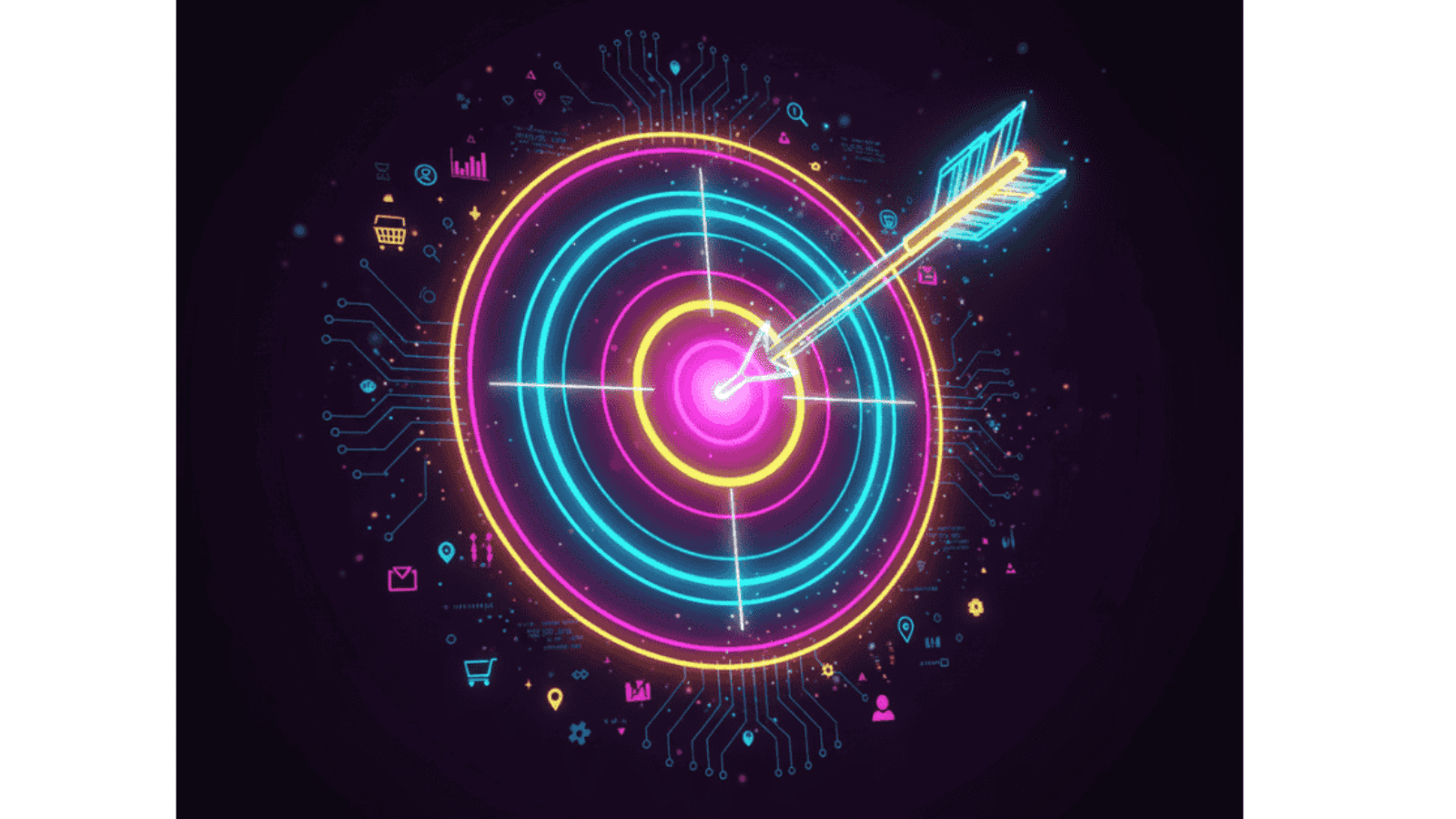Even if you think you know your customers well, much of their behavior occurs beneath the surface, subtly influencing decisions in ways that are easy to miss. Research shows that 75% of online shoppers rely on product photos when deciding what to buy, emphasizing the critical role of high-quality visuals in shaping purchasing behavior.
The following 100 product facts uncover the subtle, often hidden forces driving customer choices—observations that standard guides rarely capture. By understanding these details, you can make smarter product decisions, achieve better results, and craft a customer experience that resonates, lasts, and builds genuine trust.
Disclaimer: These insights come from verified consumer behavior studies—not passing fads.
Table of Contents
What are Product Facts?
Product facts are clear, specific details about a product that describe what it is, how it works, and what makes it valuable. These are objective, verifiable pieces of information—not opinions or marketing claims—that help both sellers and customers make informed decisions.
Examples include:
- Material or composition: 100% organic cotton, stainless steel, or recycled plastic.
- Size and dimensions: 12 x 8 inches, fits standard beds, 500 ml capacity.
- Weight or portability: 1.2 kg, lightweight for travel.
- Features and functionality: Bluetooth-enabled, waterproof, energy-efficient.
- Origin or production details: Made in Italy, handcrafted, eco-friendly process.
In ecommerce, understanding product facts allows sellers to:
- Present products accurately and transparently.
- Highlight features that matter most to customers.
- Build trust by giving shoppers reliable, verifiable information.
- Gain the ability to make informed decisions about product selection, pricing, and marketing strategies.
By focusing on product facts, you move beyond assumptions and marketing hype, gaining a solid foundation for effective customer communication and business decisions that deliver meaningful results.
Top Uses of Product Facts Every Seller Must Know
Here are 10 practical uses of knowing product facts in ecommerce:
- Better Product Decisions – Choose what to stock or highlight based on verified consumer preferences and behavior patterns.
- Optimized Visuals – Present products with images, videos, and descriptions that align with how customers actually evaluate them.
- Improved Marketing Campaigns – Craft messaging that highlights features and benefits that matter most to buyers.
- Higher Conversion Rates – Reduce hesitation by addressing key purchase drivers and objections through product presentation.
- Pricing Strategy – Set prices based on perceived value, demand, and competitive benchmarks.
- Enhanced Customer Experience – Design shopping journeys that match customer expectations and interaction habits.
- Inventory Management – Prioritize stocking products that meet customer needs and sell faster.
- Upselling and Cross-Selling – Identify complementary or premium features that encourage additional purchases.
- Content Creation – Produce accurate, persuasive product descriptions, tutorials, and guides that resonate with shoppers.
- Long-Term Trust & Loyalty – Consistently meeting customer expectations based on known product preferences builds brand credibility.
Product Facts You Didn’t Know: 100 Secrets to Boost Your Sales
1. Product Facts On Product Design & Aesthetics
- Products with rounded corners – Rounded edges are perceived as friendly and safe.
- Matte finishes often outperform glossy finishes – Matte surfaces feel premium.
- Color saturation influences perceived effectiveness – Bright colors appear more powerful.
- Products with subtle asymmetry appear more artisanal – Imperfect symmetry suggests uniqueness.
- Minimalist product design increases usability perception – Simplicity signals clarity.
- Odd-numbered quantities feel more complete – Groups of 3 or 5 are psychologically satisfying.
- Multi-functional products convert better online – Buyers value versatility.
- Products emphasizing durability convert better for older demographics – Longevity matters more.
- Soft pastel tones appear luxurious for beauty/skincare – Gentle colors feel premium.
- Subtle metallic highlights signal premium – Reflective accents suggest high-end quality.
- Slightly off-center placement increases visual interest – Breaks monotony.
- High-contrast images for tech products imply performance – Sharp visuals suggest quality.
- Rounded-edge fonts feel friendly – Typography subtly influences perception.
- Slight asymmetry improves memorability – Unique layouts grab attention.
- Slightly quirky product names improve memorability – Unique names are easier to remember.
2. Product Facts On Packaging & Presentation
- Packaging weight affects perceived product value – Heavier packaging signals quality.
- Transparent packaging builds trust – Buyers see what they are getting.
- Limited-edition labels trigger urgency – Scarcity cues motivate quicker action.
- Eco-friendly labeling improves perceived quality – Sustainability conveys responsibility.
- Hidden compartments increase satisfaction – Surprise features enhance delight.
- Tiered packaging sizes influence mid-tier selection – Buyers pick the middle option for value.
- Textured packaging signals quality – Physical cues reinforce premium perception.
- Portability emphasis increases impulse buys – Easier to carry increases appeal.
- Minimal instructions increase perceived usability – Simplicity reduces intimidation.
- Showing both use-case and packaging increases confidence – Buyers know what to expect.
3. Product Facts On Product Photography & Visual Marketing
- High-quality close-up shots increase perceived premium – Detail conveys professionalism.
- Products shown in motion images/videos increase perceived value – Shows functionality.
- Background blur in product photos improves focus – Reduces distractions.
- Visual symmetry in product photography increases clicks – Easier for brain to process.
- Visual scale cues improve size perception – Shows dimensions clearly.
- Interactive 360° views increase confidence – Buyers can explore all angles.
- Slightly angled photos outperform centered ones – Adds dynamic interest.
- Floating product visuals generate curiosity – Suspended imagery attracts attention.
- Reflections/glass surfaces increase sophistication – Adds depth and luxury feel.
- Warm lighting makes products approachable – Creates positive emotional response.
- Soft gradient backgrounds add depth – Makes products visually appealing.
- Multi-angle product layouts reduce decision fatigue – Buyers see full product.
- Hands-in-frame photos feel relatable – Shows scale and usage.
- Subtle motion graphics increase retention – Movement draws attention.
- GIF product motion outperforms static images – Shows interaction.
4. Product Facts On Buyer Psychology & Trust
- Unboxing experience increases repeat purchase likelihood – Creates emotional attachment.
- Products that suggest scarcity trigger faster checkout – Urgency pushes action.
- Story-based naming outperforms generic labels – Emotional resonance matters.
- Subtle product imperfections increase authenticity – Perfect products may feel staged.
- Dual-color products increase social engagement – Contrasting colors capture attention.
- Personalization options increase attachment – Customization makes products feel unique.
- Hidden value cues increase perceived intelligence – Buyers feel clever discovering it.
- Before-and-after metrics improve conversion – Shows tangible results.
- Aspirational scenarios increase desire – Buyers envision benefits in their lives.
- “Trusted by X people” icons improve trust – Social proof reassures buyers.
- Numeric ratings outperform textual reviews – Easy to process for decision-making.
- Symbolic imagery boosts recall – Icons for speed, eco, or efficiency stick in memory.
- Lifestyle cues contextualize usability – Buyers imagine themselves using it.
- Color-coded features aid scanning – Quick understanding of product features.
- Checklist-style benefits increase clarity – Buyers can quickly scan advantages.
5. Product Facts On Functionality & Conversion Optimization
- Multi-pack consumables convert better than single units – Bulk packs feel more valuable.
- Step-based feature diagrams improve comprehension – Buyers understand functionality quickly.
- Emphasizing ease of cleaning improves conversion – Low-maintenance products attract buyers.
- Modular/add-on options increase long-term engagement – Flexibility encourages repeat purchases.
- Complementary items boost cross-sell potential – Buyers see value in pairing products.
- Reducing visual clutter increases focus – Simplifies decision-making.
- Partial assembly visuals suggest involvement – Engages buyers emotionally.
- Highlighting one feature per image improves focus – Reduces decision fatigue.
- Slightly de-saturated backgrounds make products pop – Focus stays on the product.
- Time-saving icons subtly added increase urgency – Buyers perceive convenience.
- Products shown with hands improve relatability – Shows practical usage.
- Displaying numbers/stats builds trust – Quantitative proof reassures buyers.
- Emphasizing efficiency converts better in utilitarian niches – Buyers prioritize functionality.
- Products with tactile textures in images generate trust – Imagined touch increases credibility.
- Products showing partial assembly create ownership feeling – Enhances attachment.
- Highlighting one dominant feature per image increases clarity – Reduces overwhelm.
- Customization cues increase investment – Personalized products feel meaningful.
- Durability visuals increase trust – Buyers perceive product longevity.
- Motion lines suggest efficiency – Communicates speed or functionality.
- Products with modular visuals increase flexibility perception – Buyers see multiple use cases.
- Soft pastel tones convey luxury in beauty/skincare – Appeals to aesthetic preference.
- Subtle asymmetry in layout improves memorability – Breaks monotony for better recall.
- Products photographed at eye-level increase relatability – Matches natural viewpoint.
- Highlighting eco-impact stats increases perceived intelligence – Appeals to conscious buyers.
- Limited-time “new arrival” tags boost engagement – Urgency motivates action.
- Neutral backgrounds outperform cluttered ones – Improves clarity and focus.
- Slightly off-center product placement attracts attention – Adds visual interest.
- Showing size comparison items reduces returns – Buyers understand scale.
- Multi-texture products increase perceived craftsmanship – Enhances perceived value.
- Subtle metallic highlights in images increase premium perception – Luxury cues attract buyers.
- Product images in aspirational contexts increase desire – Buyers imagine using it.
- Products with step-by-step usage hints reduce confusion – Improves purchase confidence.
- Products with hidden compartments delight buyers – Creates surprise and enjoyment.
- Floating 3D product visuals increase curiosity – Innovative presentation captures attention.
- Checklist-style product benefits increase scanability – Quick understanding of advantages.
- Motion or GIF product images improve engagement – Shows functionality effectively.
- Products with complementary add-ons increase perceived value – Encourages upsells.
- Hands-in-frame imagery shows scale and usability – Makes products relatable.
- Visual storytelling increases emotional engagement – Buyers connect with product narrative.
- Highlighting one key feature per image improves comprehension – Avoids overwhelming the buyer.
- Before-and-after visual metrics improve decision-making – Shows real-life results.
- Story-driven product names increase memorability – Emotional connection drives retention.
- Products with subtle scent or tactile hints increase recall – Multi-sensory triggers are effective.
- Highlighting eco-friendly elements subtly increases perceived intelligence – Buyers associate responsibility with quality.
- Showing both use-case and packaging in images increases confidence – Reduces purchase hesitation.
Parting Insight
Knowing these 100 product facts goes beyond simply ticking off a list; it reveals what truly moves your customers beneath the surface. It is about learning to read the subtle signals they give without words. When you apply these insights, you are making thoughtful, informed decisions that build trust, increase conversions. Every detail, from the way packaging feels in their hands to the psychological nudges that shape choice, carries meaning and influence. Keeping these facts in mind gives your brand an advantage over competitors. Success does not come from shortcuts; it comes from observing carefully, learning patiently, and applying deliberately. These product facts provide a roadmap to guide you through each decision with confidence.


